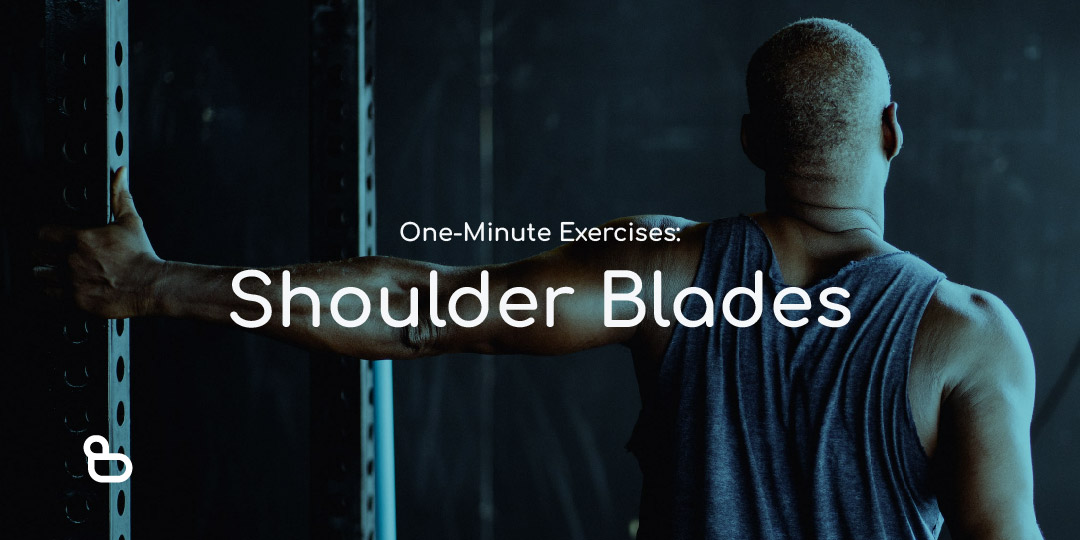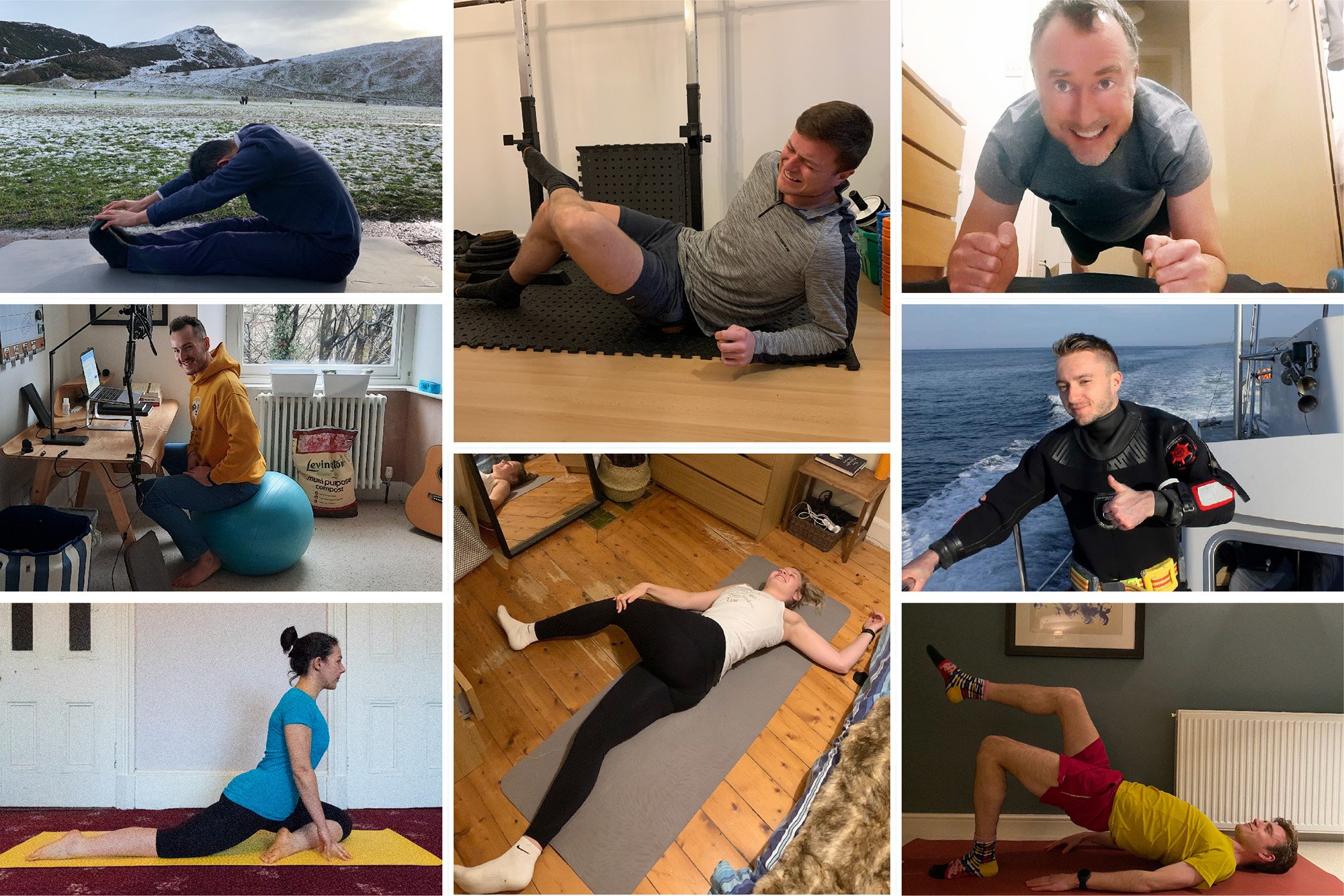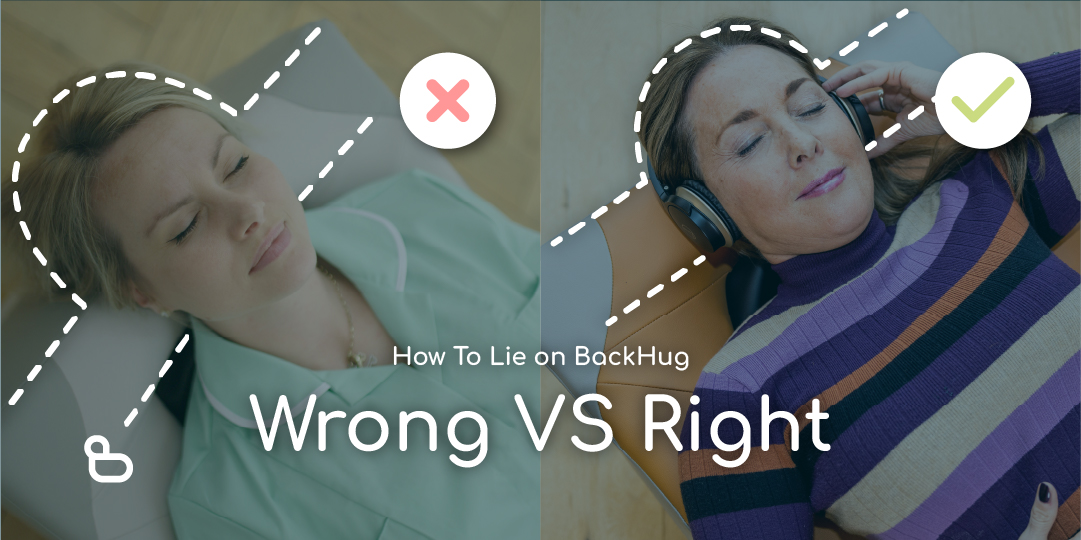Winging it, and engineering a new innovation
Why does BackHug only treat the centre of the back when other machines cover so much more, like shoulders, legs and even feet? Surely the more, the better!
The more, the better?
BodyFriend and OSIM are two of the biggest names in the back therapy market. Their products do indeed massage your head, shoulders, arms, back, and even feet. The four or six balls move around on tracks, busy vibrating, pushing or lifting.
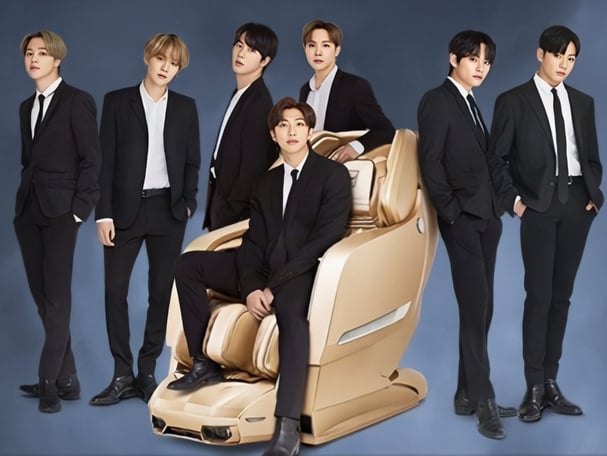
(Image: Osim BodyFriend and BTS)
At the same time, does doing ‘ a lot’ necessarily mean doing the best job? Not really. It can easily be overkill, to the point where the benefits even decrease.
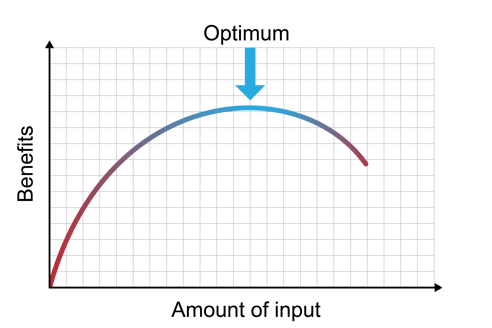
This is particularly true when comparing apples to apples, taking product size, weight and amount of time spent receiving the therapies into consideration.
Thanks to Mr Back, every one can meet in the middle
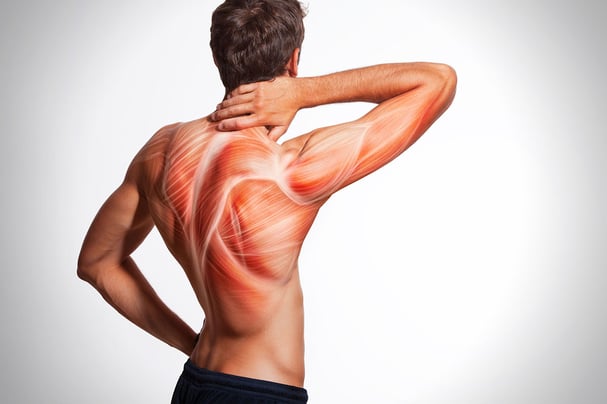
The reason for having back therapy is the health benefits, such as increased circulation, improved energy levels and reduced symptoms such as headaches. Having this objective in mind, it’s worth diving a little bit into human anatomy and physiology. I promise it will be interesting and worthwhile!
If you look at our body, your back is right in the middle. Your head sits at the top of the neck, the two arms come out of your upper back and the two legs are attached to your pelvis, which is connected to the base of your lower back.
Literally, your back is a passageway between your head and extremities, with vital information flowing through the nerves in two directions – from the head to the arms and legs, or from the arms and legs to the head.
Rusty bicycle chain
Then, there’s a spine running right down the centre of your back, providing a protective tunnel for the nervous system that carries information throughout the body. This includes information about movement, sensation and balance. Numerous big and small nerve fibres come in and out of the spine and transmit this information.
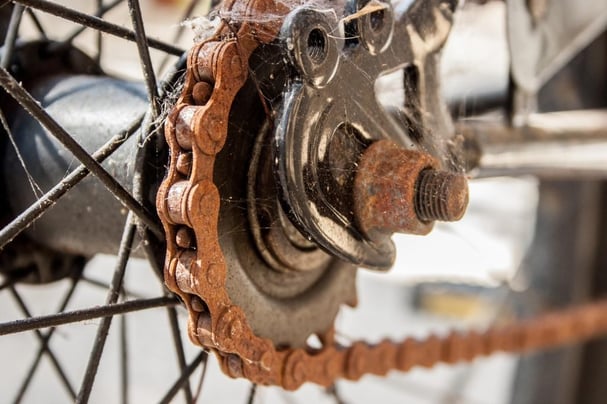
There are 24 vertebrae from the neck to the lower back and these vertebrae contain more than 100 joints. Joints are a bit like a bicycle chain and those can become rusty. Due to ageing, too much sitting or injuries, the joints can lose lubrication and undergo insidious physiological inflammation, causing stiffness.
Joint stiffness in the back, more precisely at the centre of back where 99% of the joints are, is the first sign of a bad back. It then spreads to the rest of your back and even other parts of your body too.
It’s fascia that connects everything
Soft tissues in our back comprise many layers of muscles, which in turn are connected via fascia, a type of connective tissue. The nerves and blood vessels run through and between the layers, like electric wires inside the walls of your home.
When the back becomes stiff or tight, those wires may become trapped or squeezed, struggling to deliver information to their destinations intact or on time. The signals may be intermittent, some may be lost, or delayed. As a consequence, you may experience a great variety of physical symptoms throughout your body, from knee pain to tennis elbow, depending on the location and severity of the signal compromise. That’s why it’s so important to focus treatment around the centre of the back.
What about me, the Scapular?
‘What about the shoulder blades or Scapular joints then? I get pain in my shoulder blades. I can’t seem to shake it off as it feels deep. In fact, that gives me the biggest bother in my back!’
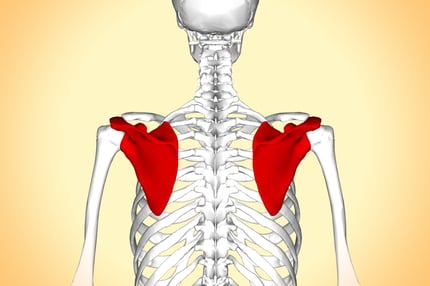
I hear what you’re saying. Truth be told, 3 out of 5 BackHug trialists told us that they would also like to have treatment in their shoulder blades. In hindsight, the need for shoulder blade treatment seems obvious now! Excuses are that we had a lot on our plate, and the message got lost. But it never went away like any other engineering (or back!) problem. Burying your head in the sand is never a good solution. Lesson learned!
The two shoulder blades sitting against the back of the ribs on both sides are classified as ‘floating’ joints. That means they simply float on top of your ribs, held by a large pool of muscles.These floating joints rotate when you move your shoulders and arms. In other words, if the shoulder blade joints become tight, it is very likely to cause problems in the movement of the shoulders and arms, including tight upper back discomfort.
It is never too late to do the right thing. Our engineers belatedly scrambled together to catch up with this important shoulder blade treatment feature through some intensive prototyping and testing. We tried one design idea after another. And then, boom, we hit on something that worked! Although you could almost say we ‘winged’ the innovation, it works beautifully. Given the shape of the shoulder blade, the innovation is designed to treat, it’s fitting that it should be a ‘Wing’ treatment!
Hope the Covid-19 vaccines work wonders
There are other innovations we have been working on in BackHug, in both hardware and software. Most excitingly, the chatbot consultation we’re working on can be really useful to enable the device to offer you an individually tailored personalised treatment programme. We’re looking forward to finding out what you think!
Christmas is fast approaching and of course, the world-famous Edinburgh Hogmanay too, though I doubt we’ll see the usual year-end spectacles on Princes Street.
History will remember the year 2020. Collectively, we all learned how strong the resilience in us is. Also, the Covid-19 pandemic reminded us of the virtue of human humility.
The eagerly awaited vaccines are planned to be rolled out as of December and I sincerely hope that we’ll see something like normality back soon in 2021.
Have a wonderful Christmas and New Year, and see you healthy, smiling and hopefully in person next year!
